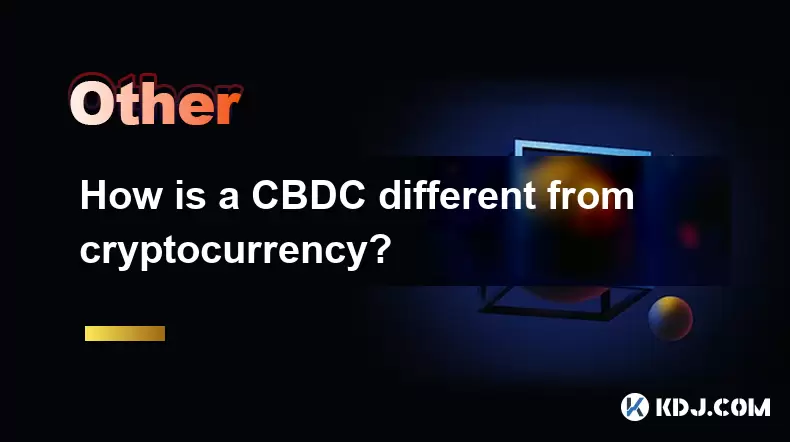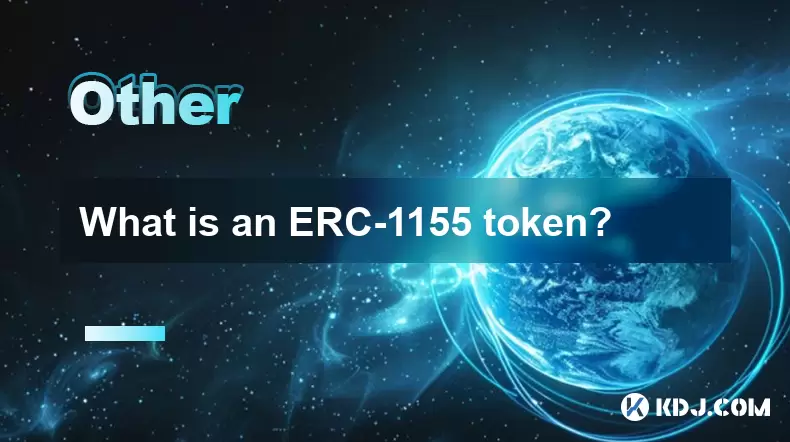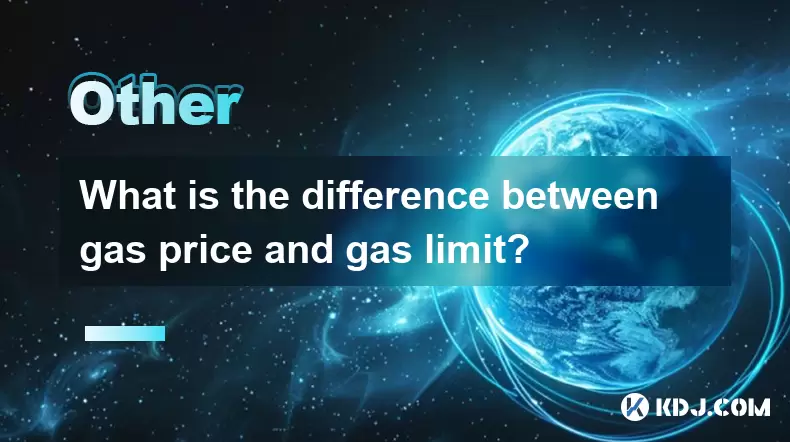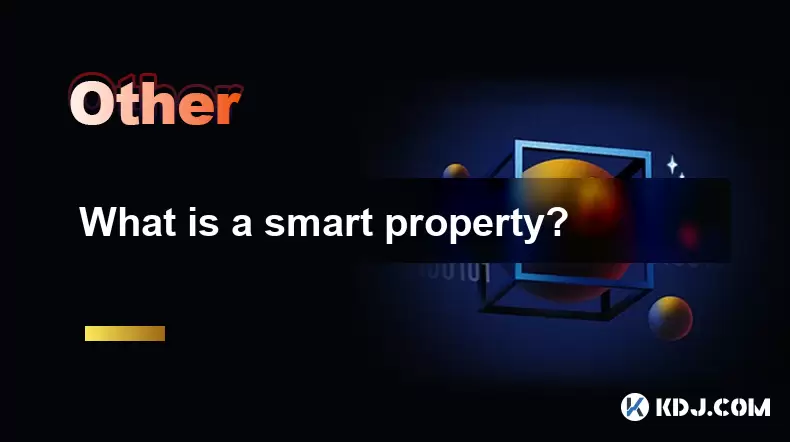-
 Bitcoin
Bitcoin $118900
-2.33% -
 Ethereum
Ethereum $4288
-0.13% -
 XRP
XRP $3.151
-3.21% -
 Tether USDt
Tether USDt $1.000
0.02% -
 BNB
BNB $809.5
-1.17% -
 Solana
Solana $175.7
-4.75% -
 USDC
USDC $0.0000
0.01% -
 Dogecoin
Dogecoin $0.2246
-5.75% -
 TRON
TRON $0.3473
2.19% -
 Cardano
Cardano $0.7809
-5.18% -
 Chainlink
Chainlink $21.38
-3.48% -
 Hyperliquid
Hyperliquid $43.29
-5.53% -
 Stellar
Stellar $0.4375
-3.21% -
 Sui
Sui $3.685
-6.68% -
 Bitcoin Cash
Bitcoin Cash $595.2
3.50% -
 Hedera
Hedera $0.2483
-6.60% -
 Ethena USDe
Ethena USDe $1.001
-0.01% -
 Avalanche
Avalanche $23.03
-5.28% -
 Litecoin
Litecoin $119.5
-5.02% -
 Toncoin
Toncoin $3.395
-0.07% -
 UNUS SED LEO
UNUS SED LEO $9.007
-1.19% -
 Shiba Inu
Shiba Inu $0.00001304
-5.44% -
 Uniswap
Uniswap $11.35
1.57% -
 Polkadot
Polkadot $3.898
-5.43% -
 Cronos
Cronos $0.1671
-0.16% -
 Ethena
Ethena $0.8121
-2.45% -
 Dai
Dai $1.000
0.02% -
 Bitget Token
Bitget Token $4.412
-1.73% -
 Monero
Monero $264.0
-0.64% -
 Pepe
Pepe $0.00001128
-8.12%
How is a CBDC different from cryptocurrency?
A CBDC is government-issued digital money with legal tender status, while cryptocurrencies are decentralized, market-driven digital assets without state backing.
Aug 12, 2025 at 09:21 am

Understanding the Core Nature of CBDCs
A Central Bank Digital Currency (CBDC) is a digital form of a country’s sovereign currency, issued and regulated by the nation’s central bank. Unlike decentralized digital currencies, a CBDC is fully backed by the government and operates within the existing financial regulatory framework. The legal tender status of a CBDC means it holds the same value as physical cash and is accepted for all debts, public and private. This centralized control allows monetary authorities to implement policy tools such as interest rate adjustments directly on the digital currency layer. The primary objective behind launching a CBDC is to modernize the payment system, enhance financial inclusion, and maintain control over the national money supply in an increasingly digital economy.
Defining Cryptocurrency and Its Decentralized Framework
Cryptocurrency refers to a broad category of digital or virtual currencies that use cryptography for security and operate on decentralized networks based on blockchain technology. Unlike CBDCs, most cryptocurrencies are not issued or controlled by any central authority. Instead, they rely on distributed ledger technology (DLT), where transaction records are maintained across a network of computers. Bitcoin and Ethereum are prominent examples that function independently of government oversight. The value of such cryptocurrencies is determined by market demand and supply, not by legal mandate. Their issuance is typically governed by pre-defined algorithms, such as Bitcoin’s capped supply of 21 million coins.
Contrasting Issuance and Governance Models
The issuance mechanism of a CBDC is fundamentally different from that of cryptocurrency. In the case of a CBDC, the central bank retains full authority over creation, distribution, and retirement of digital units. It can be integrated into existing monetary policy operations such as open market operations or quantitative easing. Conversely, cryptocurrencies are generally issued through decentralized consensus mechanisms like proof-of-work (PoW) or proof-of-stake (PoS). For instance, new bitcoins are created as block rewards during mining, a process open to participants worldwide. Governance in cryptocurrency ecosystems often involves community proposals and voting, whereas CBDC governance is top-down and legally enforced.
Technology and Infrastructure Differences
While both CBDCs and cryptocurrencies may use blockchain or DLT, the architecture and access rights differ significantly. A CBDC may run on a permissioned ledger, meaning only authorized institutions can validate transactions. This ensures compliance with anti-money laundering (AML) and know-your-customer (KYC) regulations. In contrast, most cryptocurrencies operate on permissionless blockchains, where anyone can participate in transaction validation. For example, Ethereum allows any user to run a node and verify transactions. The transparency of public blockchains enables trustless verification, while CBDC systems prioritize regulatory oversight and transaction traceability.
Privacy and User Control Implications
Privacy levels vary drastically between CBDCs and cryptocurrencies. With a CBDC, the central authority has the capability to monitor all transactions in real time, which raises concerns about financial surveillance. While this enables targeted policy enforcement, such as stimulus distribution, it limits user anonymity. Cryptocurrencies offer varying degrees of privacy. Bitcoin provides pseudonymity—addresses are not directly tied to identities, though transaction patterns can be analyzed. Privacy-focused coins like Monero or Zcash use advanced cryptographic techniques to obscure sender, receiver, and amount. Users of cryptocurrencies generally have full custody of their funds via private keys, whereas CBDC wallets may be hosted by the central bank or regulated financial institutions, reducing individual control.
Use Cases and Accessibility in Practice
CBDCs aim to replace or complement physical cash, especially in economies moving toward cashless transactions. They are designed for everyday payments, tax collection, and direct disbursement of government benefits. For example, China’s digital yuan (e-CNY) is being tested in retail scenarios, public transportation, and cross-border payments with select partners. Cryptocurrencies, while usable for payments, are more commonly held as speculative assets or used in decentralized finance (DeFi) applications. Access to CBDCs typically requires identity verification and integration with traditional banking systems. Cryptocurrencies can be accessed globally with an internet connection and a digital wallet, enabling borderless transactions without intermediaries.
Interoperability and Integration with Financial Systems
A CBDC is designed to integrate seamlessly with existing financial infrastructure, including commercial banks, payment processors, and regulatory reporting systems. It operates within the national monetary framework, ensuring compatibility with current accounting and auditing standards. Cross-border CBDC transactions are being explored through multilateral initiatives like Project mBridge, which links central banks for efficient international settlements. Cryptocurrencies, while inherently global, face challenges in interoperability due to fragmented networks and lack of standardization. However, technologies like cross-chain bridges and stablecoins pegged to fiat currencies attempt to bridge this gap. Despite their innovation, most cryptocurrencies remain outside mainstream banking rails.
Frequently Asked Questions
Can I use a CBDC outside my country?
Currently, most CBDCs are designed for domestic use. Cross-border functionality is under development through international collaborations, but widespread external usage is not yet available. Unlike cryptocurrencies, CBDCs are subject to national jurisdiction and capital controls.
Do I need a bank account to use a CBDC?
Depends on the design. Some CBDC models allow access through central bank-issued wallets without requiring a traditional bank account, promoting financial inclusion. Others may require linkage to existing financial institutions for identity verification and transaction limits.
Is cryptocurrency legal everywhere?
No. The legal status of cryptocurrency varies by country. Some nations like El Salvador recognize Bitcoin as legal tender, while others like China prohibit crypto transactions and mining. Regulatory attitudes range from acceptance to outright bans.
Can a CBDC lose value like cryptocurrency?
No. A CBDC is pegged 1:1 with the national fiat currency and maintains full value stability due to central bank backing. Cryptocurrencies are highly volatile, with prices subject to rapid fluctuations based on market sentiment and adoption.
Disclaimer:info@kdj.com
The information provided is not trading advice. kdj.com does not assume any responsibility for any investments made based on the information provided in this article. Cryptocurrencies are highly volatile and it is highly recommended that you invest with caution after thorough research!
If you believe that the content used on this website infringes your copyright, please contact us immediately (info@kdj.com) and we will delete it promptly.
- Dogecoin, Presale, Surge: Riding the Meme Coin Wave
- 2025-08-12 11:10:12
- Dogecoin, Tron, and the ROI Reality Check: What's a Crypto Investor to Do?
- 2025-08-12 11:15:12
- Ethereum Layer-2 Scaling Competition Heats Up as ETH Breaks $4K
- 2025-08-12 10:30:12
- China Regulation, Stablecoins, and BNB Presale: Navigating the Crypto Landscape
- 2025-08-12 11:30:12
- Meme Coins, Investment, and Token Burns: What's Hot in 2025?
- 2025-08-12 10:30:12
- BlockDAG, Chainlink, Hedera: The Cryptos Enterprises are Eyeing
- 2025-08-12 09:30:12
Related knowledge

How is a CBDC different from cryptocurrency?
Aug 12,2025 at 09:21am
Understanding the Core Nature of CBDCsA Central Bank Digital Currency (CBDC) is a digital form of a country’s sovereign currency, issued and regulated...

How can zero-knowledge proofs enhance privacy on a blockchain?
Aug 12,2025 at 02:15am
Understanding Zero-Knowledge Proofs in Blockchain ContextZero-knowledge proofs (ZKPs) are cryptographic protocols that allow one party (the prover) to...

What is an ERC-1155 token?
Aug 12,2025 at 05:21am
Understanding the ERC-1155 Token StandardThe ERC-1155 token standard is a multi-token standard introduced on the Ethereum blockchain that enables the ...

What is the difference between gas price and gas limit?
Aug 09,2025 at 08:42pm
Understanding Gas in Ethereum and EVM-Based NetworksIn blockchain networks that support smart contracts—particularly Ethereum and other EVM (Ethereum ...

What is gas limit in Ethereum?
Aug 11,2025 at 04:29am
Understanding the Concept of Gas in EthereumIn the Ethereum network, gas is a unit that measures the computational effort required to execute operatio...

What is a smart property?
Aug 12,2025 at 05:14am
Understanding Smart Property in the Cryptocurrency EcosystemSmart property refers to physical or digital assets whose ownership and transfer are manag...

How is a CBDC different from cryptocurrency?
Aug 12,2025 at 09:21am
Understanding the Core Nature of CBDCsA Central Bank Digital Currency (CBDC) is a digital form of a country’s sovereign currency, issued and regulated...

How can zero-knowledge proofs enhance privacy on a blockchain?
Aug 12,2025 at 02:15am
Understanding Zero-Knowledge Proofs in Blockchain ContextZero-knowledge proofs (ZKPs) are cryptographic protocols that allow one party (the prover) to...

What is an ERC-1155 token?
Aug 12,2025 at 05:21am
Understanding the ERC-1155 Token StandardThe ERC-1155 token standard is a multi-token standard introduced on the Ethereum blockchain that enables the ...

What is the difference between gas price and gas limit?
Aug 09,2025 at 08:42pm
Understanding Gas in Ethereum and EVM-Based NetworksIn blockchain networks that support smart contracts—particularly Ethereum and other EVM (Ethereum ...

What is gas limit in Ethereum?
Aug 11,2025 at 04:29am
Understanding the Concept of Gas in EthereumIn the Ethereum network, gas is a unit that measures the computational effort required to execute operatio...

What is a smart property?
Aug 12,2025 at 05:14am
Understanding Smart Property in the Cryptocurrency EcosystemSmart property refers to physical or digital assets whose ownership and transfer are manag...
See all articles

























































































